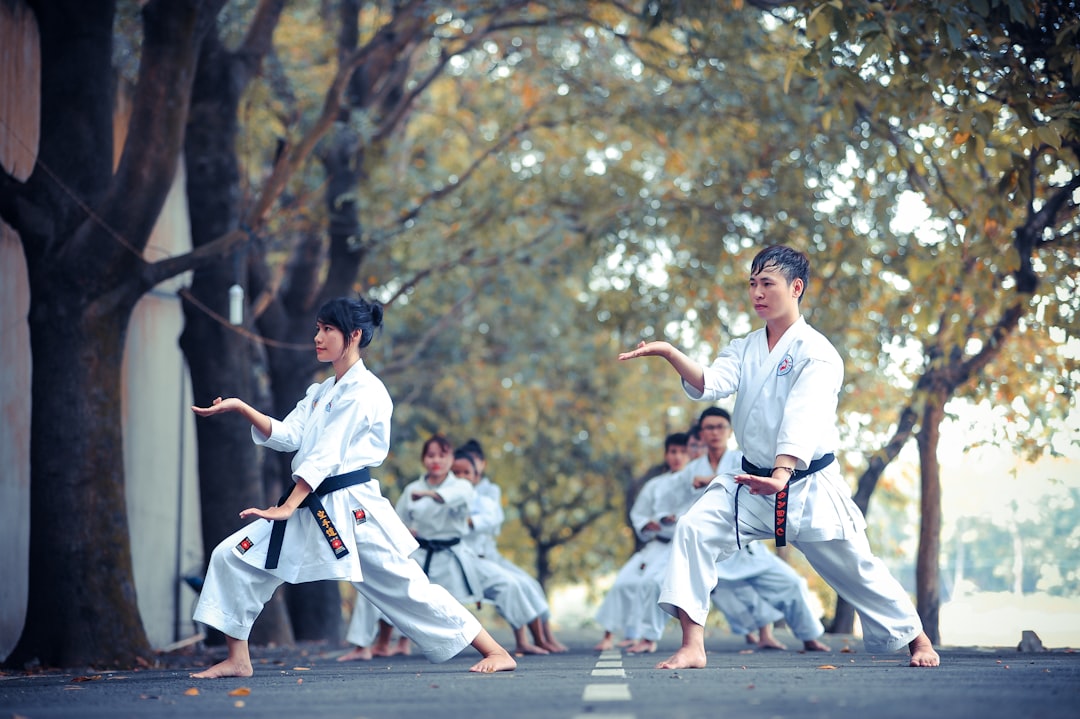What is it about?
This paper examines the strengths and limitations of late Directoire "Journal des Dames et des Modes" fashion plates. It observes the phenomenon of ‘drawn-from-life’ subcaptioned plates from 1798 to 1799, which provide contextualising factual information. The research questions the assumed omnipresence of the sheer, white, short-sleeved, columnal Directoire dress. The Journal’s plates tell a different story, where certain persist and a much broader range of dress styles, silhouettes and colours subsist. The study demonstrates the limits of broad generalisation and seeks to expand our understanding of classicism’s influence on dress and embodiment practices in the late eighteenth century.
Featured Image
Why is it important?
What historians often describe as normative sartorial behaviour is not necessarily so. Using both a qualitative and a quantitative approach, the author challenges and brings greater nuance to visions of transparent white dresses as the main aesthetic of the last few years of the period. It is now apparent that sheer gowns are rare, and that white – though a prevalent choice – is accompanied by coloured trim, sashes, shawls and accessories that undercut the claims of extreme asceticism. It is also likely that the long sleeves depicted in great number at the inception of the Journal in March 1797 were more important for the Directoire over all. Staff at the Journal observed ongoing practices as well as changing paradigm shifts in Parisian dress behaviours. Their work transmits this information across space and time and offers important information to researchers seeking a greater and more rigorous understanding of this pivotal period.
Perspectives
As increasing numbers of institutions are making their collections available online, unprecedented and vast access to primary sources can lead researchers to probe existing tenets, reformulating long-standing assumptions in many fields and reassessing how source materials are utilised. The article aims to question existing knowledge on Directoire fashion and ideology. This article demonstrates how selecting eye-catching visuals randomly without contextualisation skews our understanding of the subject and the period.
Dr Anne E. Bissonnette
University of Alberta
Read the Original
This page is a summary of: Dessiné d'après nature: Renditions from Life in theJournal des Dames et des Modes, 1798-9, Journal for Eighteenth-Century Studies, August 2014, Wiley,
DOI: 10.1111/1754-0208.12205.
You can read the full text:
Contributors
The following have contributed to this page










